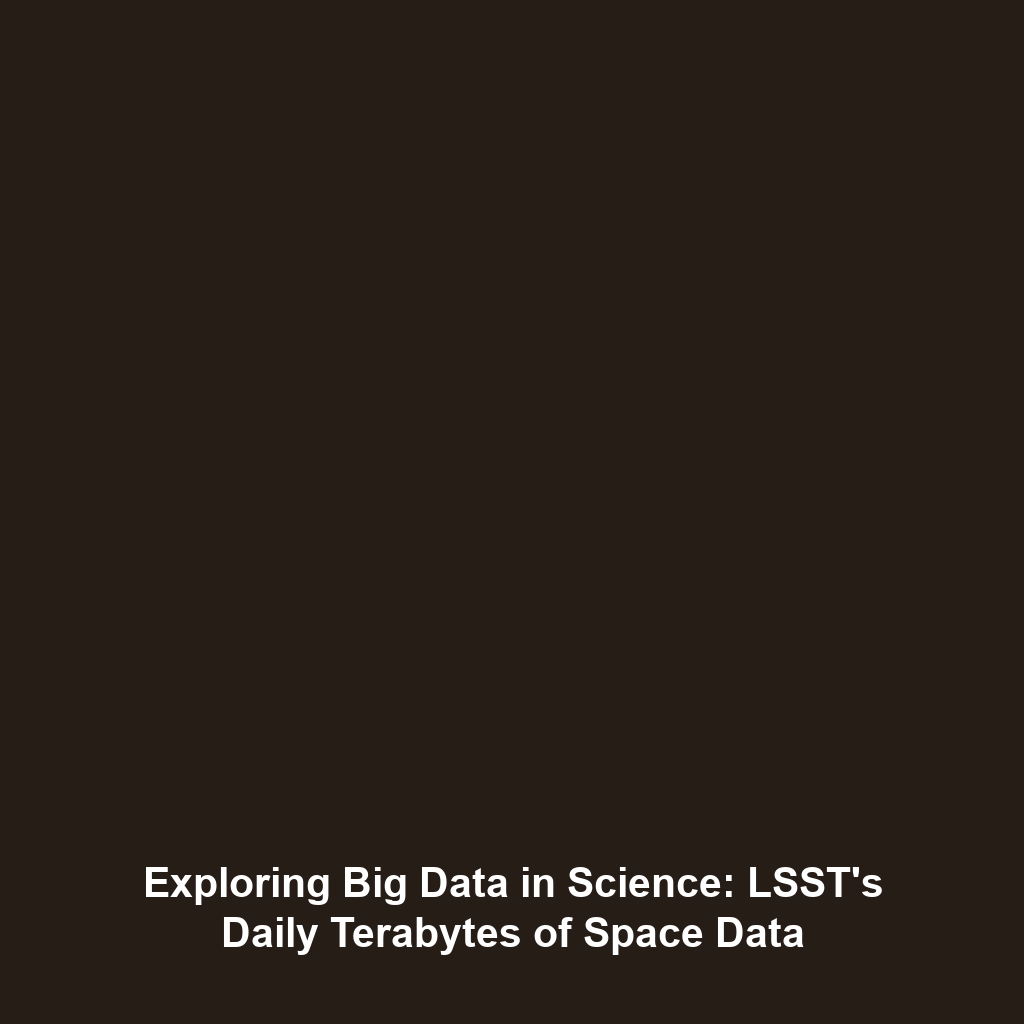The Significance of Capturing M87 and its Advancements in Black Hole Science
The historic capture of the black hole M87 marked a pivotal advancement in the field of black hole science. This groundbreaking achievement not only provided the first direct visual evidence of a black hole but also opened new avenues for research and understanding of these enigmatic cosmic giants. This article delves into the significance of M87, its implications for black hole science, and how this monumental breakthrough enhances our knowledge of the universe.
Key Concepts
To understand the significance of M87, it is essential to grasp several key concepts in black hole science:
1. What is M87?
M87 is a supermassive black hole located in the center of the Virgo galaxy cluster. It has a mass estimated at 6.5 billion times that of our Sun, making it one of the largest black holes known.
2. The Event Horizon Telescope
The capture of M87 was made possible by the Event Horizon Telescope (EHT), a global network of radio telescopes working together to create a planet-sized observational apparatus. This collaboration enabled scientists to achieve unprecedented resolution in their observations of black holes.
3. Importance of Schwarzschild Radius
Black holes are defined by their Schwarzschild radius, which is the radius of the event horizon from which nothing can escape. Understanding this metric is crucial for astrophysical research, especially in terms of gravitational phenomena surrounding black holes.
Applications and Real-World Uses
Capturing M87 has far-reaching implications beyond theoretical astrophysics. Here are some significant applications:
- Astrophysical Understanding: By understanding M87, researchers can enhance models of galaxy formation and evolution.
- Testing General Relativity: The data from EHT allows scientists to test Einstein’s theory of general relativity under extreme conditions.
- High-Energy Physics: Insights gained from M87 inform the study of particle jets emitted by black holes, which are essential for understanding high-energy cosmic phenomena.
Current Challenges
While the capture of M87 has provided valuable insights, there are still several challenges in this field:
- Technical limitations in imaging techniques can affect the clarity of black hole observations.
- Interpreting data from black holes requires interdisciplinary knowledge, making collaboration essential but complex.
- The need for extensive computational resources to simulate black hole dynamics poses a barrier to broader research.
Future Research and Innovations
The advancements stemming from the image of M87 have sparked several promising areas of future research:
- Enhanced Imaging Techniques: Continued development of radio interferometry and machine learning algorithms will improve observational capabilities.
- Gravitational Wave Astronomy: The link between black hole observations and gravitational waves will enable real-time exploration of cosmic events.
- Interdisciplinary Studies: Collaborations across physics, astronomy, and computer science will foster innovative approaches to black hole research.
Conclusion
The significance of capturing M87 cannot be overstated; it has fundamentally advanced black hole science and reshaped our understanding of the universe. As ongoing research unfolds, it is crucial to support initiatives that aim to unravel the mysteries surrounding black holes. For more information on related concepts like key concepts in astrophysics or the applications of black hole science, feel free to explore further.



